50+ SAMPLE Office Checklist
-
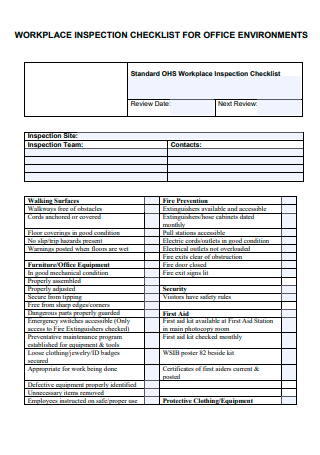
Office Environment Workplace Inspection Checklist
download now -
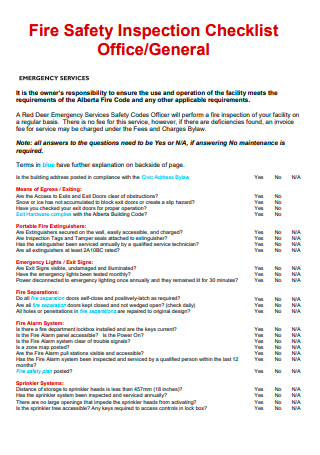
Office Fire Safety Inspection Checklist
download now -

Office Health and Safety Checklist
download now -
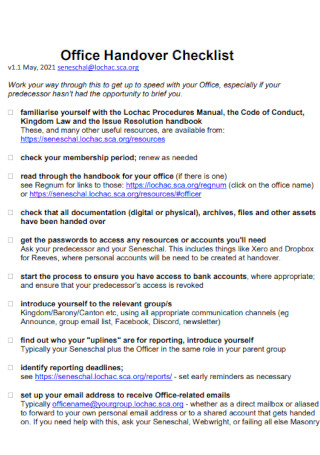
Office Handover Checklist
download now -
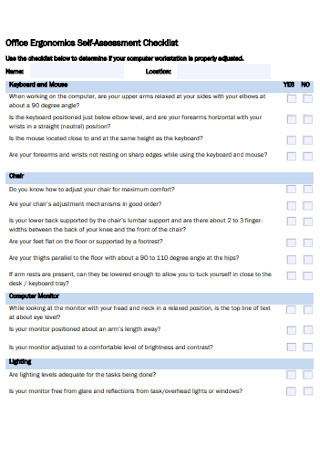
Office Ergonomics Self Assessment Checklist
download now -
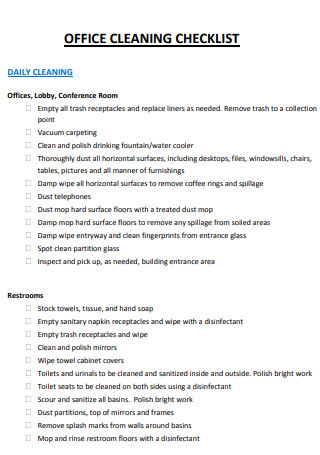
Office Cleaning Checklist
download now -
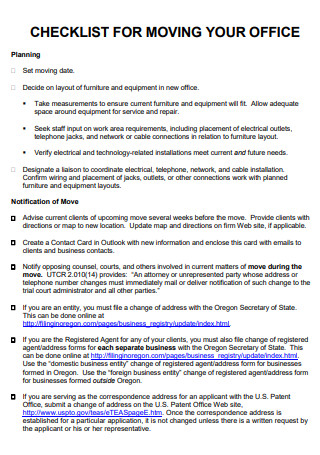
Office Moving Checklist
download now -
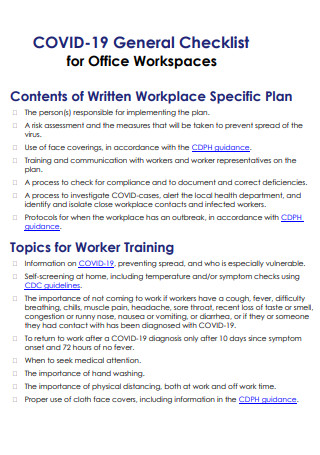
Office Workspaces Checklist
download now -
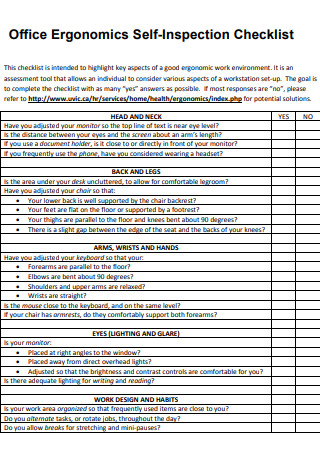
Office Ergonomics Self Inspection Checklist
download now -
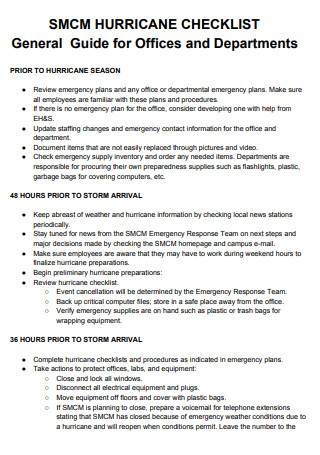
Office Hurricane Checklist
download now -

Office Right to Work Checklist
download now -
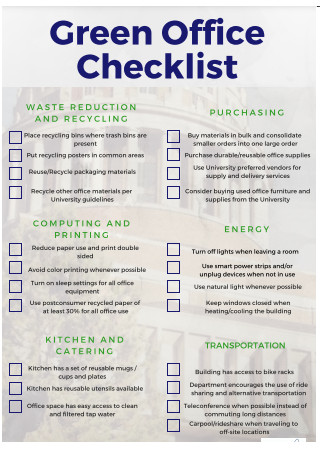
Green Office Checklist
download now -
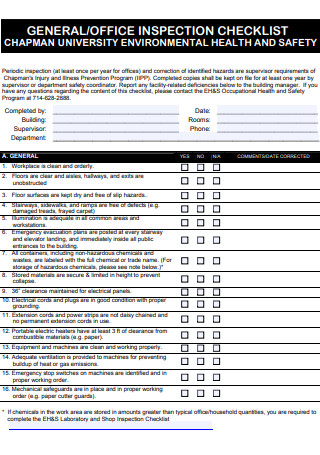
Office Inspection Checklist
download now -
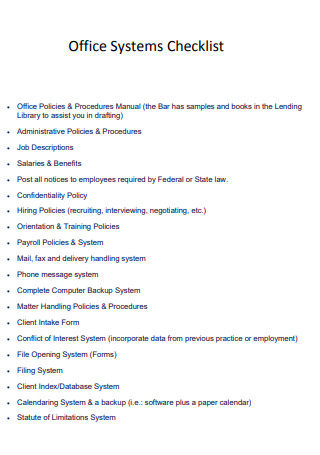
Office Systems Checklist
download now -

Home Office Inspection Checklist
download now -
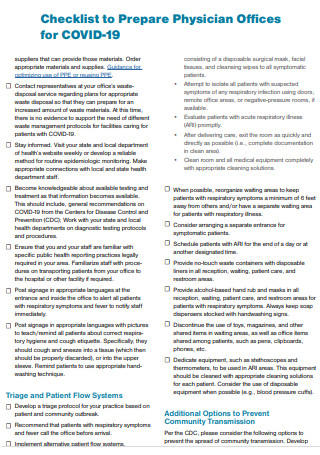
Physician Offices Checklist
download now -

Green Office Guide Checklist
download now -
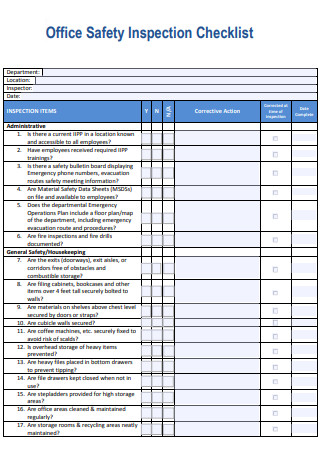
Office Safety Inspection Checklist
download now -
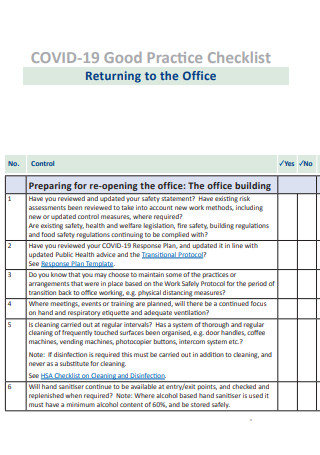
Returning to the Office Checklist
download now -
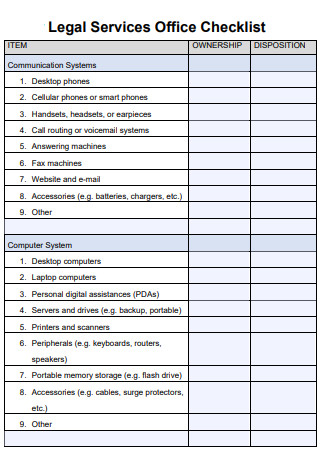
Legal Services Office Checklist
download now -
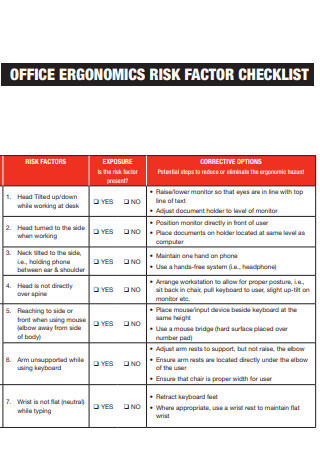
Office Risk Factor Checklist
download now -
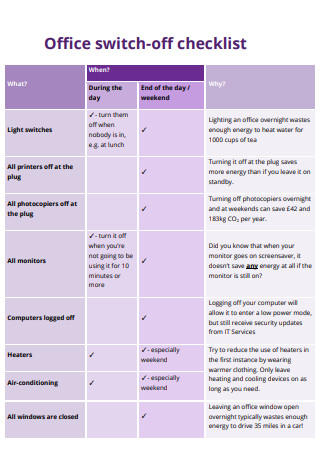
Office Switch-off Checklist
download now -
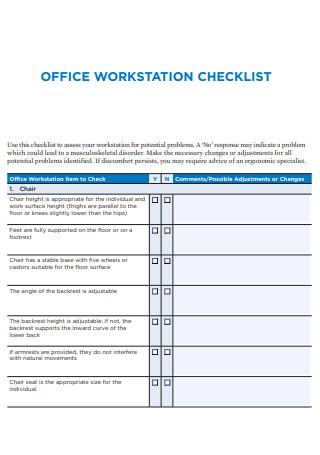
Office Workstation Checklist
download now -
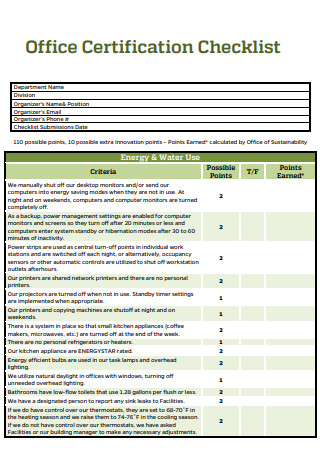
Office Certification Checklist
download now -
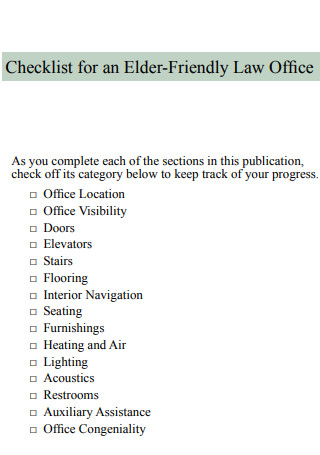
Law Office Checklist
download now -
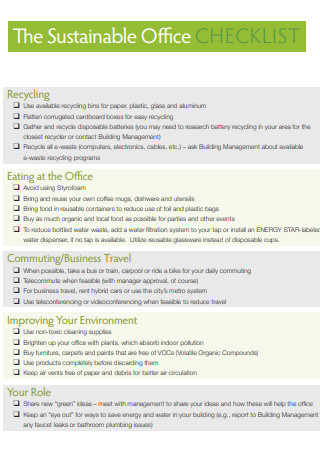
Sustainable Office Checklist
download now -
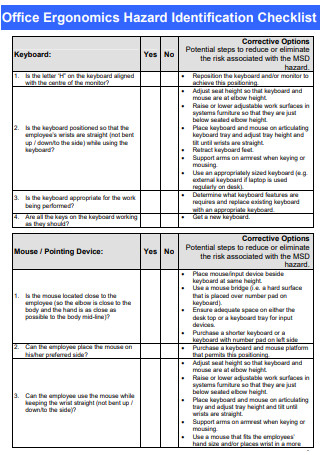
Office Ergonomics Hazard Identification Checklist
download now -
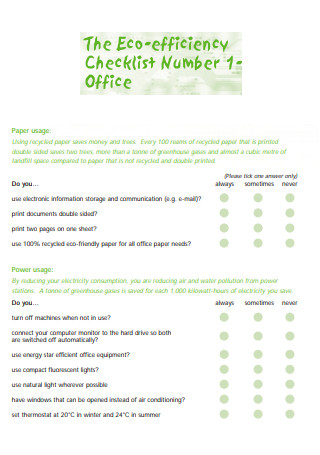
Eco-efficiency Office Checklist
download now -
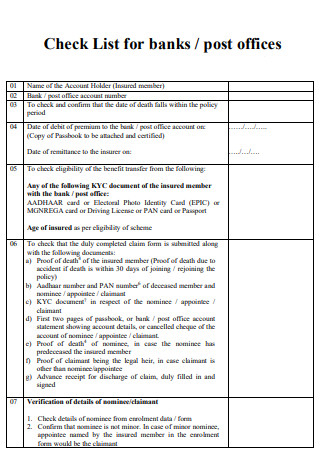
Post Office Checklist
download now -

Environmental Legislation Office Checklist
download now -
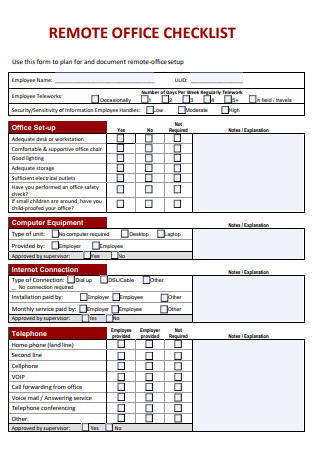
Remote Office Checklist
download now -
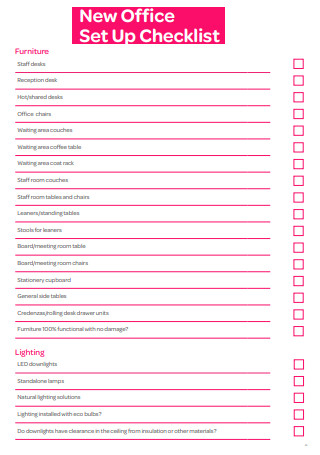
New Office Set-Up Checklist
download now -
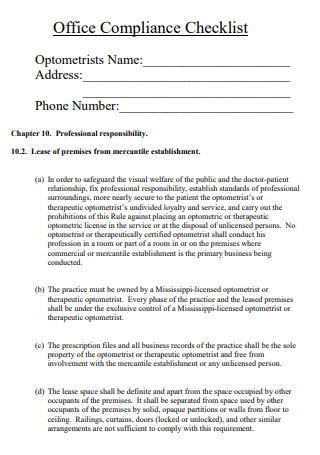
Office Compliance Checklist
download now -
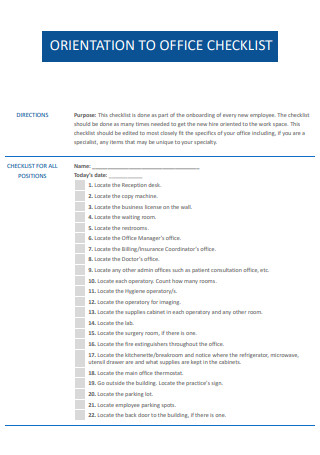
Orientation to Office Checklist
download now -
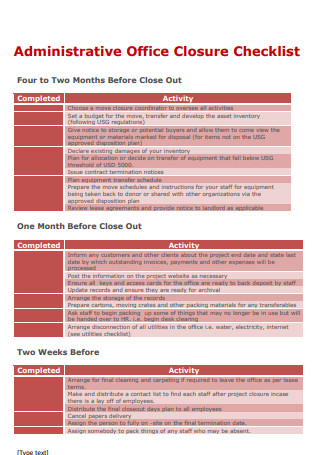
Administrative Office Closure Checklist
download now -
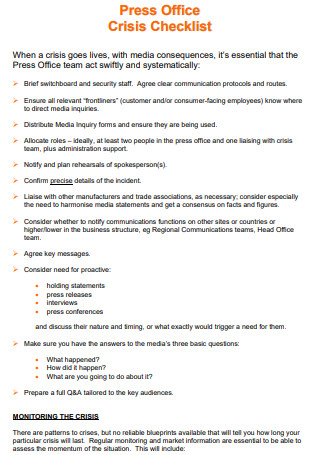
Press Office Crisis Checklist
download now -
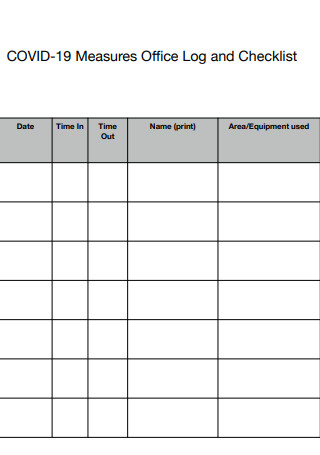
Office Log and Checklist
download now -
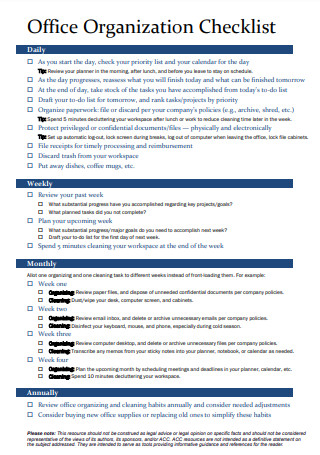
Office Organization Checklist
download now -

Office Automation Checklist
download now -

Leaving Office Checklist
download now -
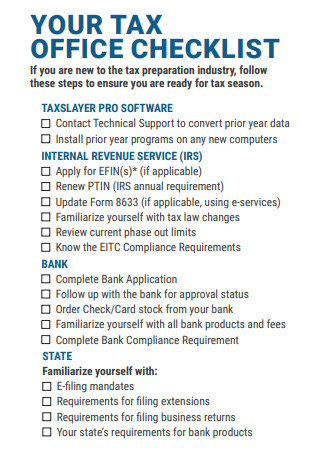
Tax Office Checklist
download now -
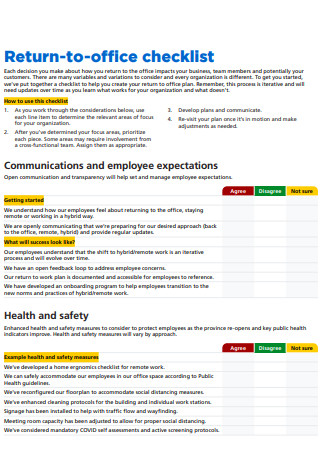
Return to Office Checklist
download now -
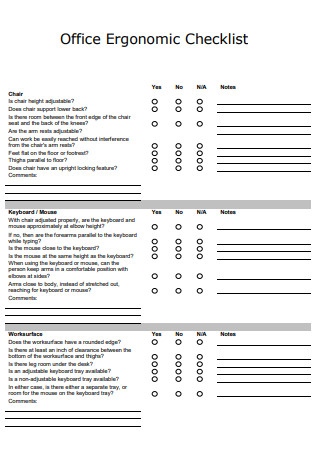
Office Ergonomic Checklist
download now -
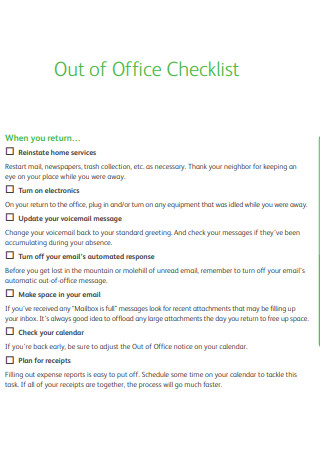
Out of Office Checklist
download now -
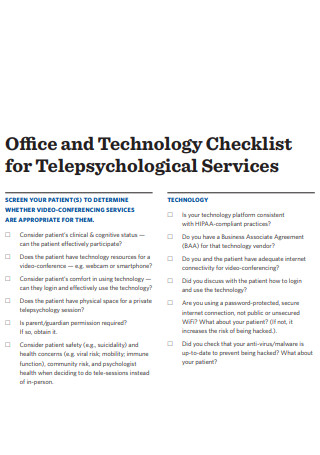
Office and Technology Checklist
download now -
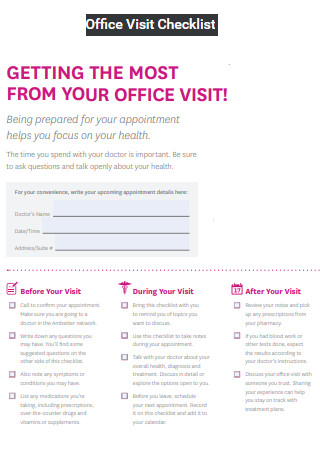
Office Visit Checklist
download now -
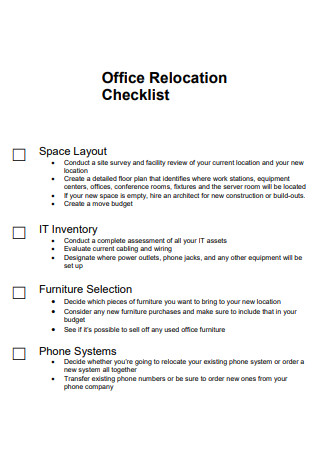
Office Relocation Checklist
download now -
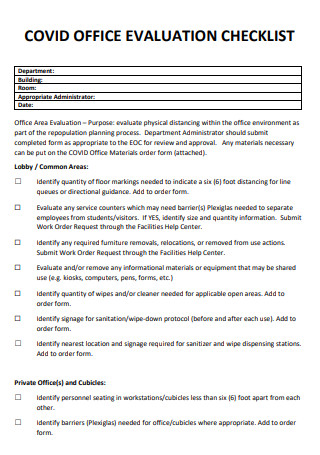
Office Evaluation Checklist
download now -

Office Event Checklist
download now -
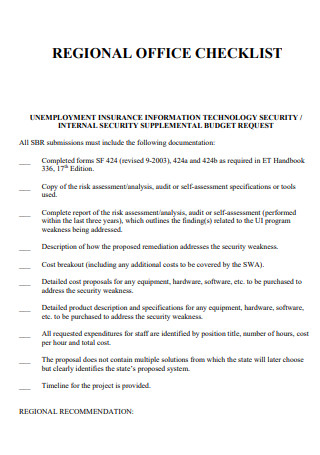
Regional Office Checklist
download now -
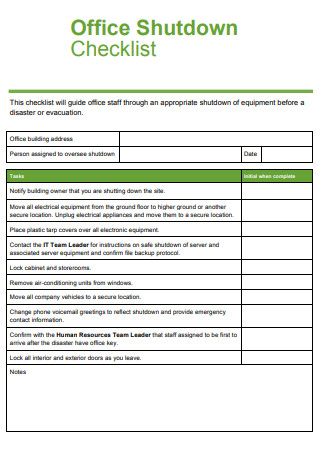
Office Shutdown Checklist
download now
What Is a Checklist?
A checklist is defined as a checklist of items that can be checked off as done or noted. A checklist is used when you have ten tasks to complete at work, and you create a list of them and check them off as you complete each one. Statistics demonstrate that using a checklist reduces errors and saves lives. They also employ checklists in hospitals, where they contribute to reducing mortality. They have not always been popular, but when surgical teams began to use them, mortality decreased by 40%. Additionally, physicians employ checklists while inserting central lines into patients.
Benefits of Utilizing an Office Checklist
Whatever your occupation, you will have responsibilities to complete, and regardless of your expertise or training, there is a chance you will overlook critical tasks or processes. A checklist can assist you in minimizing the likelihood of this occurring. It has been demonstrated to promote continuity, efficiency, and productivity across a wide range of professions and businesses. However, this is not the only reason checklists can be beneficial in the workplace. There are numerous reasons why lists are helpful in the workplace:
How To Have an Ideal Work Environment
The job market is flourishing, with unemployment at a 49-year low. With job searchers facing more employment opportunities than they have likely encountered in their lifetimes, how can you attract the best individuals to your business? A critical component of employee success and pleasure is workplace culture to attract qualified candidates for new roles and keep valued employees. Assuring that your employees feel supported and motivated to come to work each day aids in employee retention and increases brand loyalty. Additionally, it’s necessary to retain in mind that an ideal work environment may vary by age, which is why adaptability is vital. We’ve recognized the top factors that contribute to employee engagement and make your organization more desirable to prospective employees:
-
1. Competitive Compensation
While this may seem like the essential part of any employment, it is astonishingly frequent for small businesses to pay compensation based on their perception of the value of a task rather than the market cost. Conduct research before advertising the position.
2. Promote a healthy work-life balance
The average full-time employee will work for more than a third of their lives. That equates to more than 90,000 hours. As a result, it’s understandable that employees are frequently as concerned with their work/life balance as their compensation. Bear in mind that if you’re seeking to recruit new employees or retain existing ones, you need to consider both their personal and professional lives. Perhaps one of your employees is a single parent who needs to be home in time to meet their child’s school bus, or maybe they spend an hour or more each week commuting to work, depleting their family time. Offering flexibility, such as flexible hours or work-from-home options, can boost morale and help your firm recruit new hires.
3. Provide Professional Development Opportunities
Nobody takes an entry-level job with the expectation of performing the same low-level grunt work for the remainder of their careers. Offering staff opportunities for advancement demonstrates that you care about their professional development and success. Employees value knowing their managers are invested in their success and growth, and businesses profit from the education and abilities these employees bring to the table. Consider offering professional development classes to your staff to educate them on more advanced skills that will enable them to drive themselves and the firm forward.
4. Be Creative with Incentives
While you, as a small business owner, may not be able to provide workplace perks such as a cafeteria or gym, you can still do simple things to keep your staff happy. Consider sponsoring a monthly catered staff lunch or fitness trackers or coupons to local gyms to promote healthy living. These small gestures can assist motivate your staff and demonstrate that you appreciate their efforts and are grateful they’ve chosen to join your team.
FAQs
What is the effectiveness of a checklist?
Following a checklist results in reduced stress and fewer drills. By conquering all laborious, repetitive duties, you’ll be able to devote more of your attention and brainpower to creative endeavors. With more free time and fewer distractions, you can think more clearly.
What role does inspection play?
Inspections assist management in making critical choices, controlling costs, and safeguarding the business—inspections aid in preventing accidents and establishing due diligence for liability protection.
What is a safety checklist for the workplace?
Safety checklists are documents used to identify potential hazards during safety inspections. OSHA has developed a variety of checklists to assist employers and employees in identifying possible risks in various sectors and uses.
Checklists can help individuals perform their jobs more effectively, save time, and increase their understanding of their position in a corporate process or procedure, assuring the best potential outcomes. Checklists are best suited to repetitive tasks that follow a predictable sequence. Are you prepared to construct your checklist now? Take a look at the free templates provided above!
